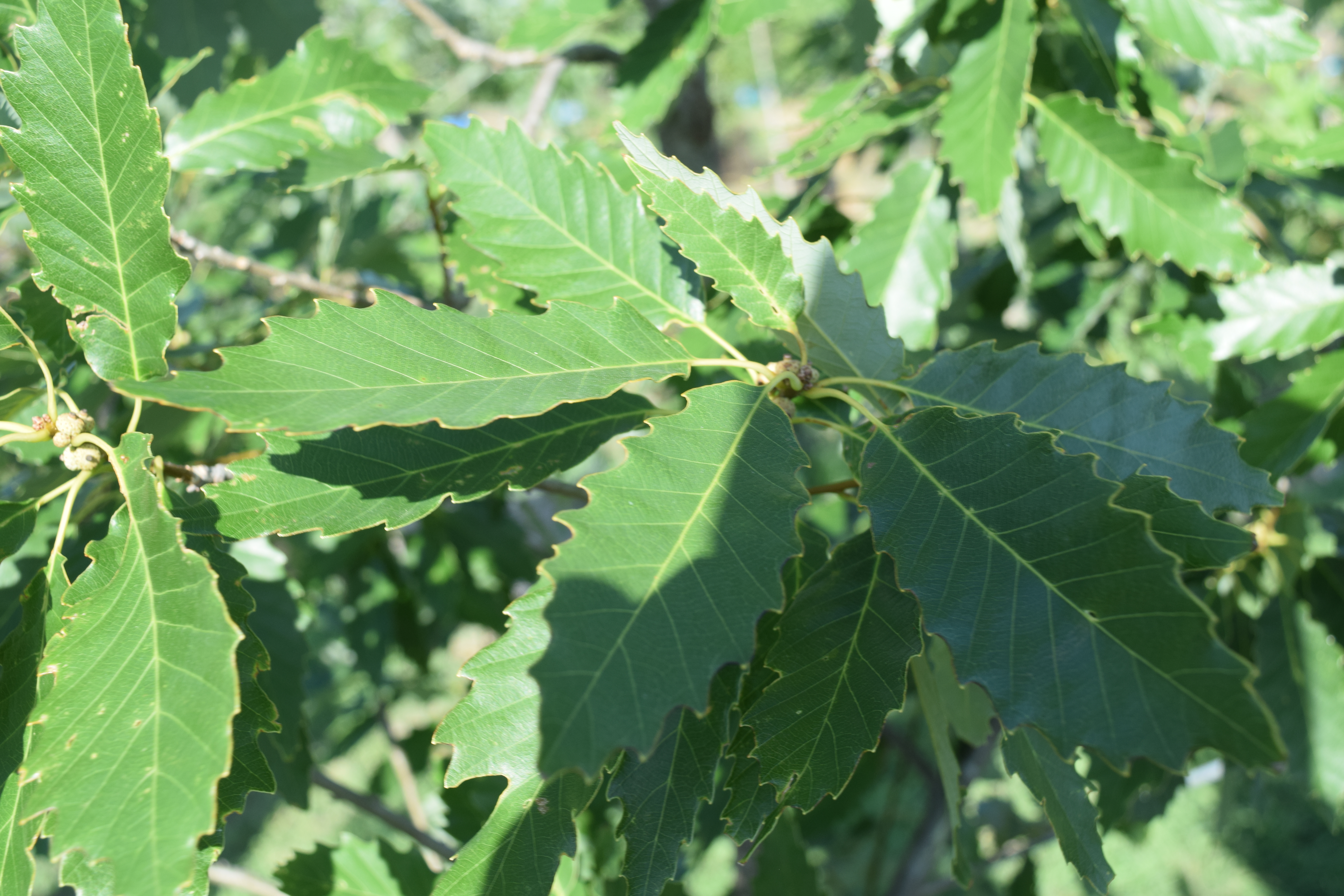chinkapin oak tree facts
Adapts to many soil conditions. Its bark is light gray and flaky with shallow furrows.
Chinquapin Oak Details Texas Smartscape Plant Database
In Kansas it occurs mainly on limestone soils rocky riverbanks and usually on higher ground than Bur oak.
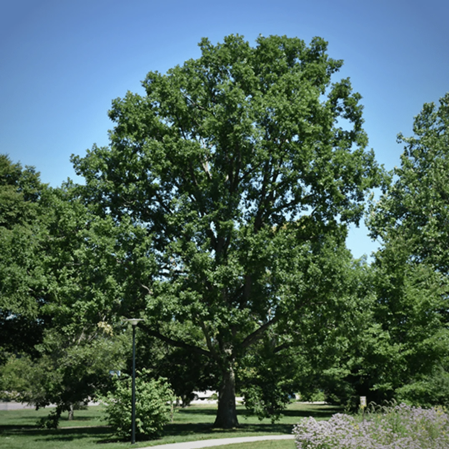
. Chinkapin oak Quercus muehlenbergii is not a very commonly grown landscape tree which is a pity because it makes a beautiful shade tree. Chinkapin oaks are found on dry limestone outcrops in the wild and perform well in alkaline soils. Its distinctive sawtooth leaves which resemble those of the chinquapin tree found in the eastern US are a rich green turning yellow to bronze in fall.
It does not have lobed leaves like most other oaks. Fall color varies from yellow. Chinkapin oak Quercus muehlenbergii is a native oak which is often not recognized as an oak when first encountered.
Properly done mudpacks can prevent an infected tree from dying of the blight. It can be grown in a wide climate range and in tough locations. Chinkapin oak is named because of the resemblance of the leaves to the Allegheny chinquapin Castanea pumila a relative of American chestnut C.
It is sometimes thought of as a weed tree but it may be useful to bind soil along roadsides and rocky slopes. Because this tree has a diverse range its form varies with location. The chinkapin oak can reach a height of 40 to 50 feet in the landscape and.
Chinkapin oak is native to the Midwest where it is often found as a specimen planting or as part of a grouping of trees in parks and large areas. With enough room on an optimal growing site it can grow to a height of 60 feet and a spread of 60 feet at maturity. Chinkapin oak a Central Texas native is a medium-sized tree reaching 40 to 50 feet tall and just as wide in most landscapes.
Chinkapins are not small trees growing to 80 feet 24 m in the wild and 50 feet 15 m tall when cultivated. Leaves are alternate simple 48 inches long 13½ inches wide broadest near the base or above the middle ending in a pointed tooth but no bristles or tiny spines on the edges. Occurrence and abundance of Chinkapin oak appear to be related to soil reaction and texture.
813 teeth per side. Its leaves are toothed like a chestnut. It is water thrifty and tolerates a wide range of soil conditions as well as the difficult extreme weather conditionsOne of the more alkaline tolerant oaks this handsome tree has large sharp-toothed leaves that are a dark yellow-green above with a white cast to the underside.
Street tree planting width. They documented trees 2-3 feet in diameter and 65 feet tall. Society of American Foresters Washington DC.
The acorn is sweet and edible. In the wild it grows on dry bluffs and limestone outcrops as well as ridge tops and rocky south-facing slopes. Chinkapin Oak is an attractive medium to large shade tree suitable for use in much of Texas.
Their trunks can grow to 3 feet 9 m in diameter. Acorns are usually not produced until trees are very mature. It seldom grows in size or abundance to be commercially important but the heavy wood makes excellent fuel.
Chinkapin oak a Central Texas native is a medium-sized tree reaching 40 to 50 feet tall and just as wide in most landscapes. Not until after the 1930s-1940s is the term Ozark Chinquapin commonly used in tree books. The bur has sharp spines 34 to 1 12 inches in diameter.
Forest cover types of the United States and Canada. Chinkapin oak typically grows about 40 to 60 feet but sometimes it can grow up to 80 feet tall and it has an open globular crown ¹. An attractive oak with toothed leaves like those of a Chestnut tree.
Chinkapins are native to this country growing naturally in the wild from New England to the Mexican border. Grows on rocky slopes and exposed bluffs. This tree is suitable for use in most of Texas including West Texas.
Distinctively coarsely serrated or wavy like sawteeth along entire margin. Yields 1 round acorns that mature in the first year. Quercus muehlenbergii or Chinkapin oak is native to much of the Eastern United States and as far west as Central Kansas and Southwest Texas.
The tree has a diameter of 1 to 2 feet² and is considered a medium sized tree. The dwarf chinkapin oak Quercus prinoides is also known as scrub chestnut oak a small shrub that grows 2 to 10 feet maximum 18 feet with a trunk diameter of 1 to 4 inches maximum 10 feet. Features simple oblong to oblong-lanceolate leaves that are dark yellowish green coarsely toothed and 46½ in length.
Chinkapin oak is not a common sight in urban areas and they are very often only found in the west and east parts of America. Often the burs form in clusters on stems but each bur contains a single. Chinkapin oak is a medium-sized tall tree often with large low branches and a narrow irregular crown.
The narrow coarsely toothed leaves which differ from most oaks look more like chestnut leaves. A chinkapin oak tree can reach a height of 40-50 ft 121 -1524 m. Deciduous shade tree with a pyramidal growth pattern as a young tree becoming more rounded as the tree matures.
It grows in the wild on welldrained bottomland soils and limestone hills near water but it. Deciduous forests of eastern North America. Its saw-tooth green leaves turn yellow to bronze in.
Zones 4 to 6. Its glossy coarsely-toothed leaves are yellow-green and small compared to most oaks. Very rarely in nature does a disease like the chestnut blight kill 100 of a population.
A chinkapin oak tree can live up to 100 years when kept in good condition. As part of the group of white oaks they bear very pale white bark. The chinkapins fruit is an interesting small bur covered nut.
This is a low maintenance shade tree with a rounded habit. It tends to have an open rounded crown. Grows in a rounded shape.
New England to northeastern Mexico on limestone outcrops. By Debbie Roland and Emmy Ulmschneider Master Gardeners Chinquapin Oak Quercus muehlengergii is a medium to large tree reaching a height of 70 feet and a trunk that can reach 3 feet in diameter with a rounded crown of glossy green foliage. Chinkapin oak has simple leaves they are shiny green on the upper surface and whitish on the lower surface 4.
Its considered a moderately slow grower but your patience will definitely be rewarded with a beautiful specimen tree. Like all oaks it does have a cluster of buds at the end of branches. Back Print results Print PDF 301 KB.
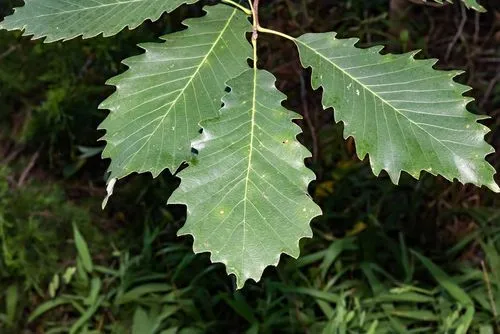
42 Interesting Chinkapin Oak Tree Facts Revealed

Chinquapin Oak Tree Dallas Fannin Tree Farm Frisco Tx

Chinkapin Oak Tree On The Tree Guide At Arborday Org

Trees Adventure Science Center

Chinkapin Oak Tree On The Tree Guide At Arborday Org
/chinkapin-oak-growing-guide-5202085-hero-349ff2a64aed416d96db090e9c96e6c9.jpg)
Chinkapin Oak Care And Growing Guide

Chinkapin Oak Department Of Horticulture

Chinquapin Oak Tree Dallas Fannin Tree Farm Frisco Tx
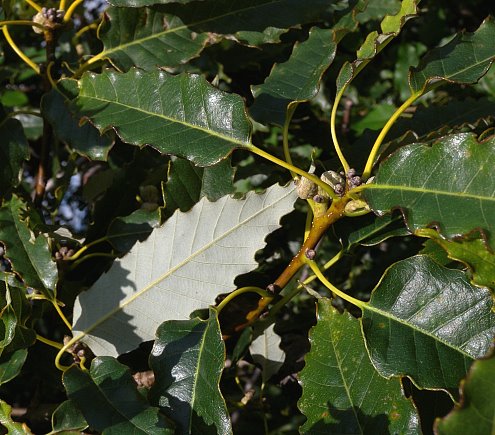
Chinkapin Oak Quercus Muehlenbergii
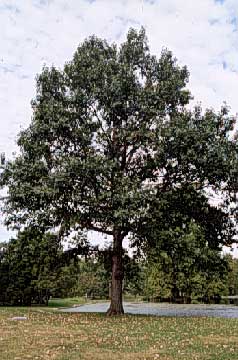
Chinkapin Oak Department Of Horticulture

Chinkapin Oak Natural Resource Stewardship
Chinkapin Oak Tree Knowledge Base Lookseek Com
:max_bytes(150000):strip_icc()/chinkapin-oak-growing-guide-5202085-03-318dc783648c4c9db3db0635af31320c.jpg)
Chinkapin Oak Care And Growing Guide

Chinkapin Oak Natural Resource Stewardship
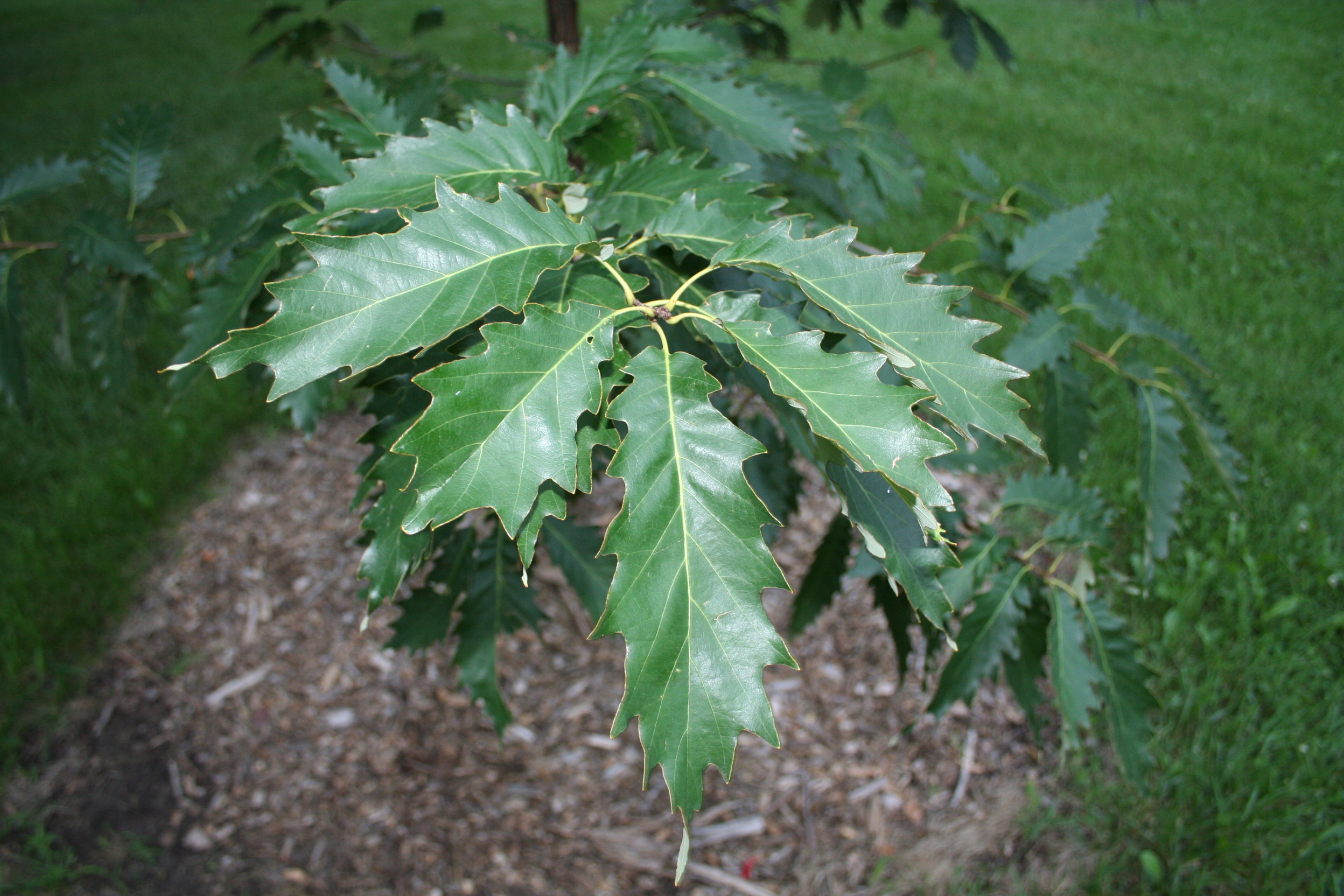
Oak Chinkapin Nebraska Forest Service

Chinkapin Oak Tree On The Tree Guide At Arborday Org

Care For Chinkapin Trees Chinkapin Oak Information And Growing Tips

